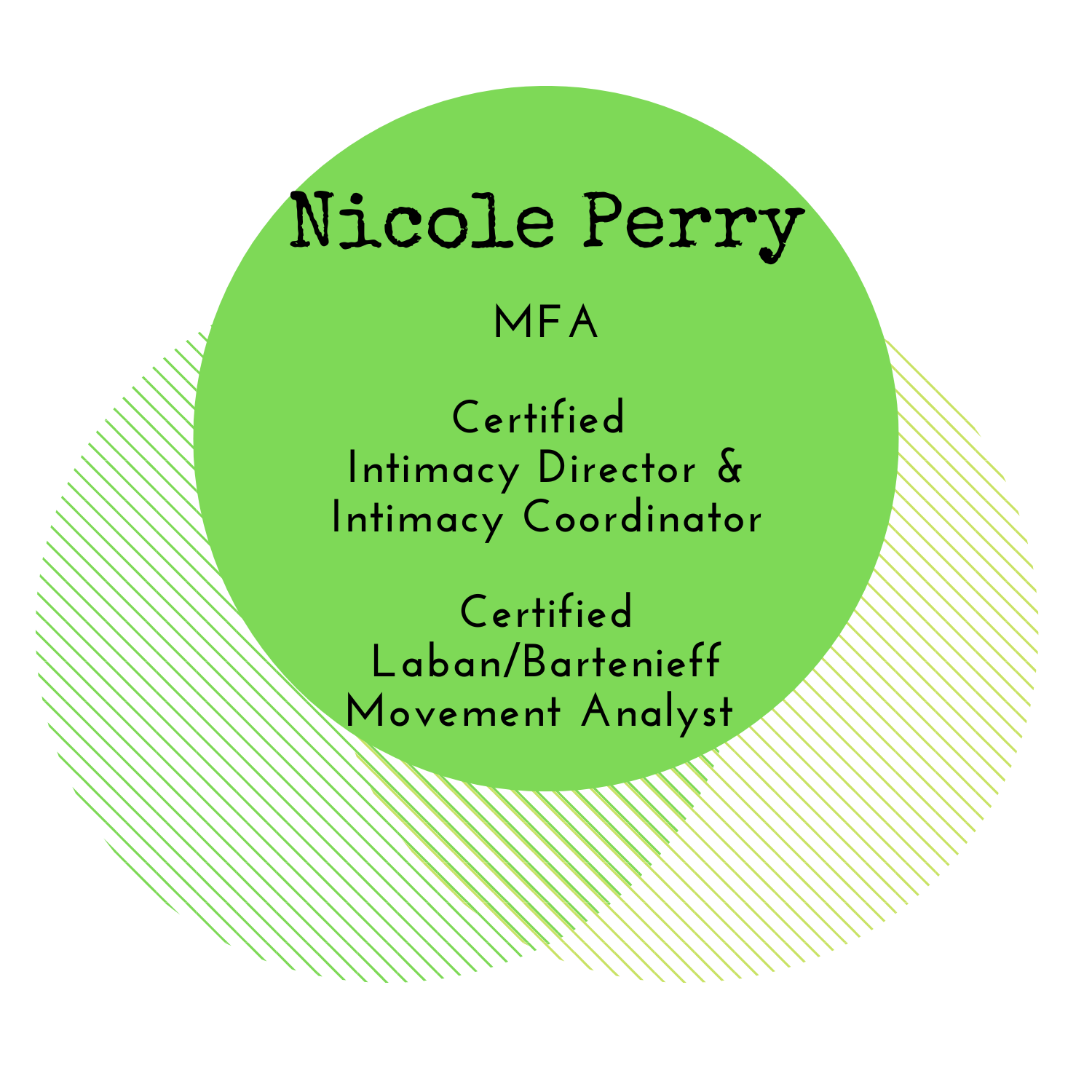It is such a lovely honor to receive a Silver Palm, because it come from my colleagues! Congratulations to everyone making art in South Florida (it is not the easiest sometimes….), and especially to the other honorees listed here!
But I would be remiss if I didn’t thank the folks involved in these productions I am being honored for. My work only works when it supports the story and the actors can confidently embody it.
Read More